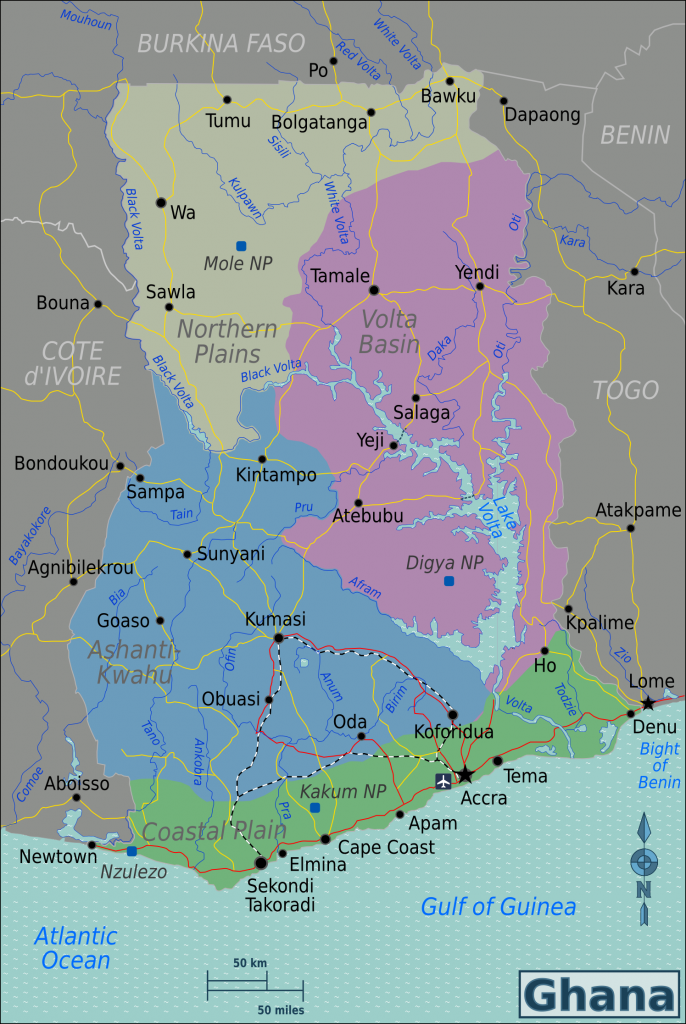Responsible gold mining and its associated activities can have a transformative effect on socio-economic development in countries where gold is found. When produced in conformance to high social, environmental and safety standards, gold provides employment opportunities, improved infrastructure and tax revenues. It can also drive foreign direct investment and generate foreign exchange.
In 2013 the Environmentally Responsible Gold Mining industry made an economic contribution of more than US$171 billion to the top 15 gold-mining economies. Ghana is the world’s 7th largest producer of gold; producing over 102 metric tons of gold and the 10th largest producer of gold in the world in 2012; producing 89 metric tons of gold. Ghana is the 2nd largest producer of gold on the Africa continent behind South Africa. Ghana has the 9th largest reserves, and is the 9th largest producer, of diamonds in the world
TSM is our reference guide and “is fast becoming a vehicle to promote best practices throughout the industry at the global level, and Canada is really an integral part of that,” we believe that; “At the end of the day it benefits our industry.” It’s our duty to honor the TSM wherever in the world we mine gold, to stop dirty gold, reduce environmental damage and end unsafe mining practices.
What is TSM?
Towards Sustainable Mining (TSM) is a commitment by the Mining Association of Canada (MAC) to responsible mining. It is a set of tools and indicators to drive performance and ensure that mining risks are managed responsibly at its members’ facilities. Adhering to the principles of TSM, members demonstrate leadership by:
- Engaging with communities
- Driving world-leading environmental practices
- Committing to the safety and health of employees and surrounding communities
The program was established in 2004 and its main objective is to enable mining companies to meet society’s needs for minerals, metals and energy products in the most socially, economically and environmentally responsible way.
TSM’s core strengths are:
Accountability: Participation in TSM is mandatory for all MAC members. Assessments are conducted at the facility level where the mining activity takes place—the only program in the world to do this in the sector. This provides local communities with a meaningful view of how a nearby mine is faring.
Transparency: Members commit to a set of TSM Guiding Principles and report their performance against the program’s 23 indicators annually in MAC’s TSM Progress Reports. Each facility’s results are publicly available, and are externally verified every three years.
Credibility: TSM includes ongoing consultation with a national Community of Interest (COI) Advisory Panel. This multi-stakeholder group helps MAC members and communities of interest foster dialogue, improve the industry’s performance and shape the program for continual advancement.
Source: The Mining Association of Canada



